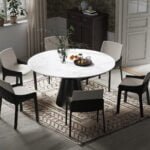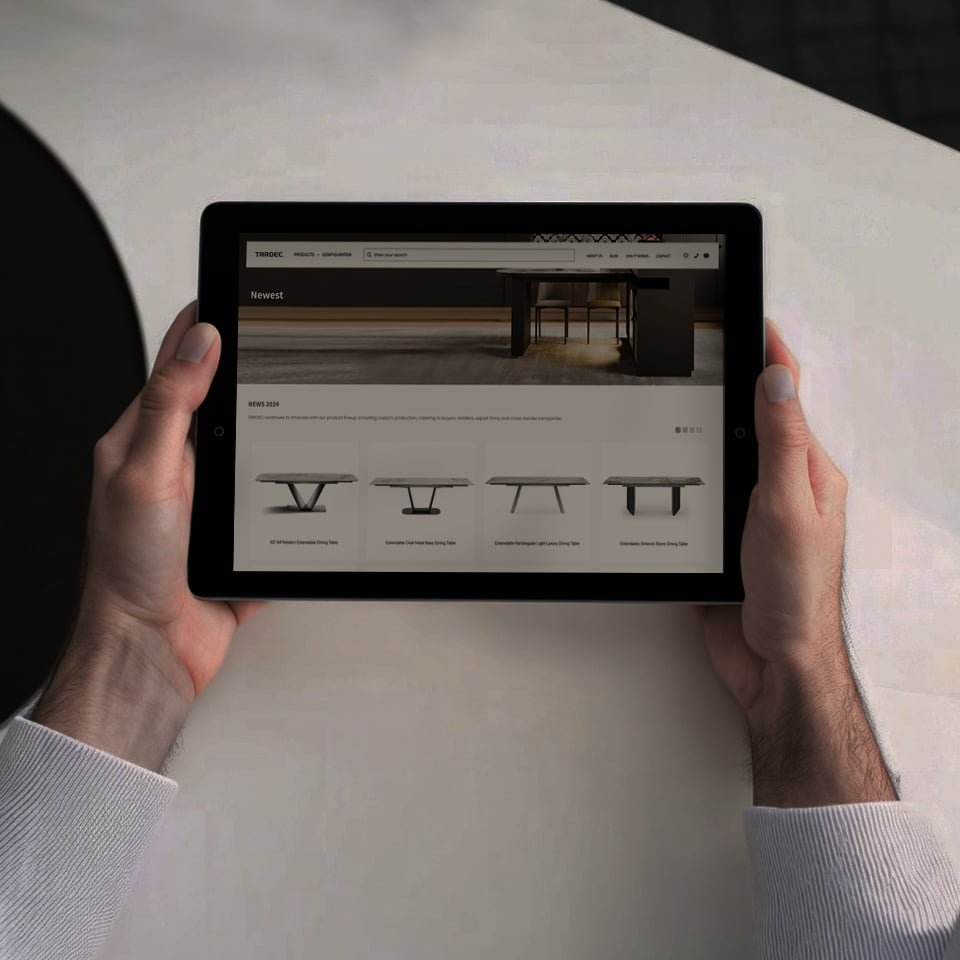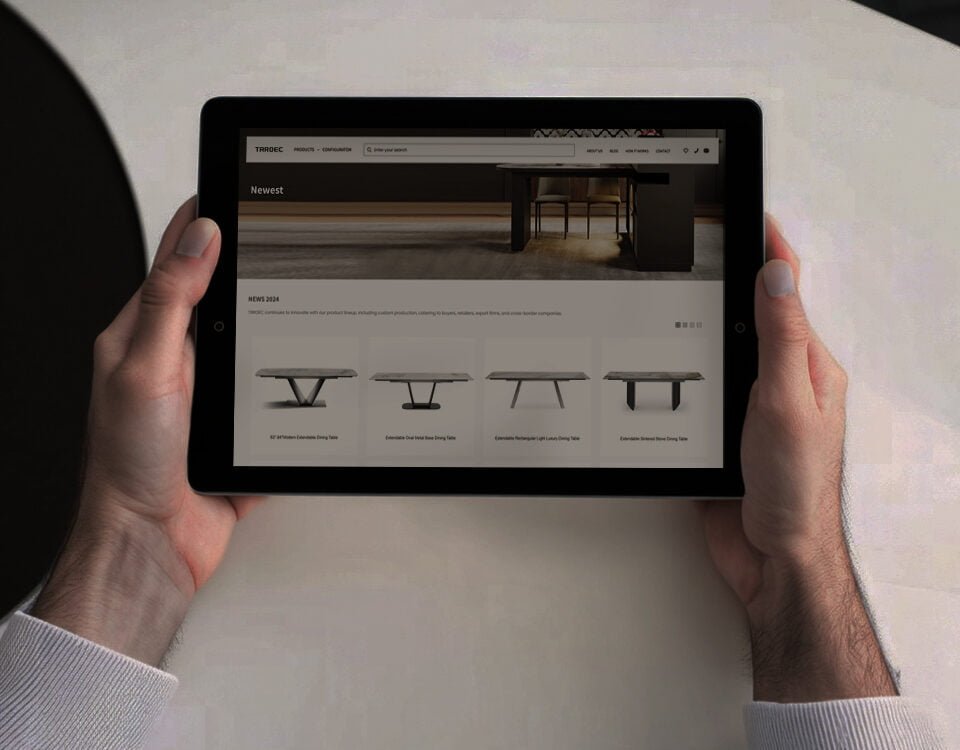As awareness of environmental issues grows, eco-friendly furniture has become a top choice for homeowners and designers alike. Sustainable materials, ethical manufacturing, and durability are now essential elements of modern home design. With eco-friendly furniture, you can create a stylish, functional home that aligns with your values and reduces your environmental footprint.
Why Choose Eco-Friendly Furniture?
Eco-friendly furniture isn’t just about aesthetics; it’s about making responsible choices. Consumers are increasingly opting for pieces made from sustainable materials like reclaimed wood, bamboo, and recycled metals. These materials not only look great but also minimize the environmental impact of production. Reclaimed wood furniture, for example, reuses resources that might otherwise go to waste, adding unique character to each piece.
Additionally, many eco-friendly furniture brands prioritize non-toxic finishes and dyes, which improve indoor air quality by reducing harmful chemicals. This is particularly important for families and individuals seeking healthier living spaces. By choosing eco-friendly furniture, you’re investing in items that are both safe and sustainable.
Key Trends in Eco-Friendly Furniture
- Sustainable Materials
Furniture made from responsibly sourced or recycled materials is gaining popularity. Reclaimed wood, bamboo, and recycled plastics are just a few materials contributing to sustainable furniture’s growth. Brands that source materials responsibly help conserve resources while creating beautiful, durable products. - Modular and Multi-Functional Designs
Modular furniture is not only adaptable but also sustainable. With customizable designs that can be rearranged or expanded, modular pieces reduce the need for new purchases as needs change. Multi-functional furniture, like storage-integrated beds or convertible sofas, is perfect for small spaces and reduces the number of items needed, making it a great choice for eco-conscious homeowners. - Circular Economy
Many brands now offer furniture take-back or recycling programs to extend the life cycle of their products. This circular economy approach allows companies to refurbish, recycle, or resell used pieces, minimizing waste and conserving resources. It’s a sustainable model that aligns with today’s environmentally focused consumer mindset.
The Benefits of Eco-Friendly Furniture
Investing in eco-friendly furniture offers numerous benefits beyond sustainability. These pieces are often made with higher-quality materials that extend their lifespan, reducing the need for frequent replacements. Additionally, the aesthetic appeal of natural materials and clean designs lends a timeless look to any space, fitting well with minimalist, Scandinavian, and rustic styles.
Choosing sustainable furniture also supports ethical business practices. Many eco-friendly brands are committed to fair labor standards and environmental responsibility, making your purchase impactful beyond your home.

Conclusion
Eco-friendly furniture is transforming modern home design by offering consumers stylish, sustainable, and high-quality options. Whether through reclaimed materials, modular design, or circular economy practices, sustainable furniture meets the needs of eco-conscious homeowners. By incorporating these pieces into your home, you’re not only enhancing your living space but also making a positive impact on the environment.
Embrace eco-friendly furniture to create a home that’s beautiful, functional, and in harmony with nature.



